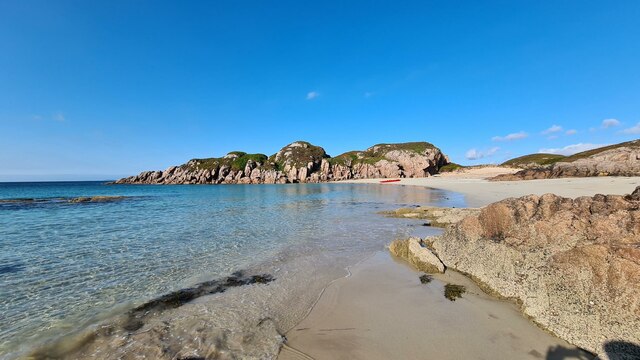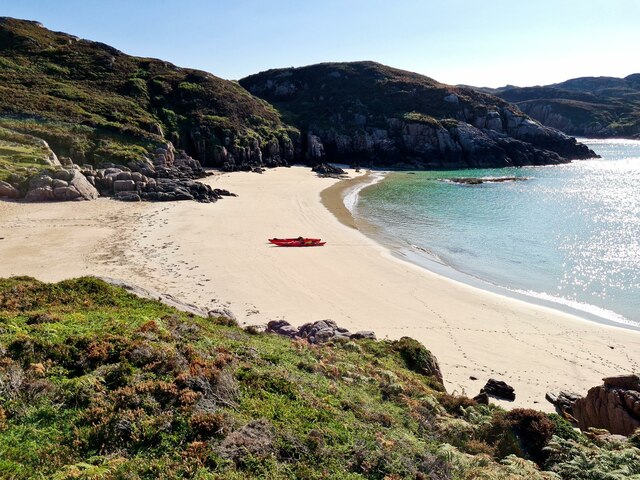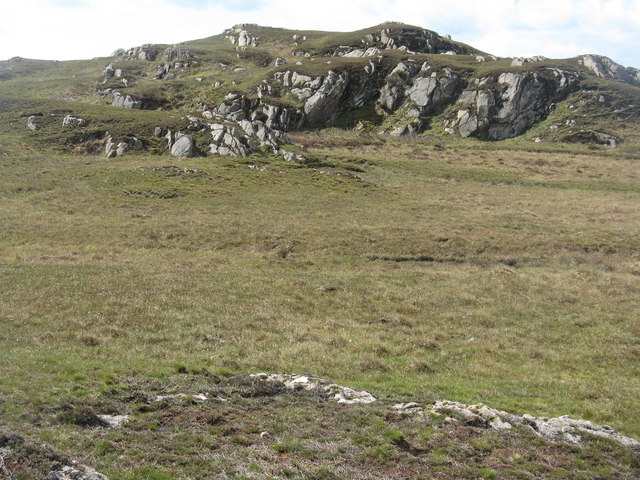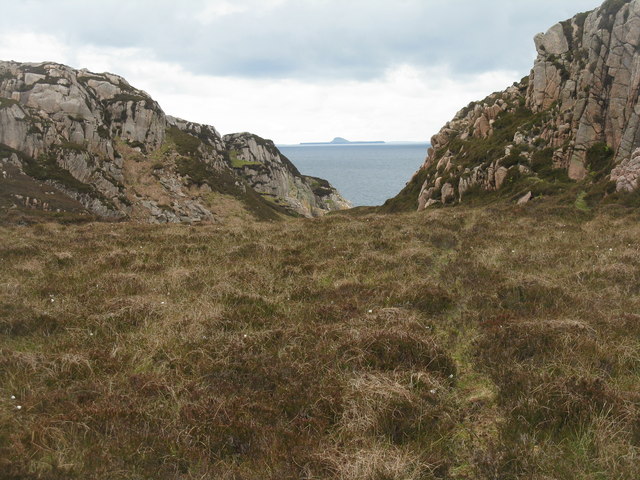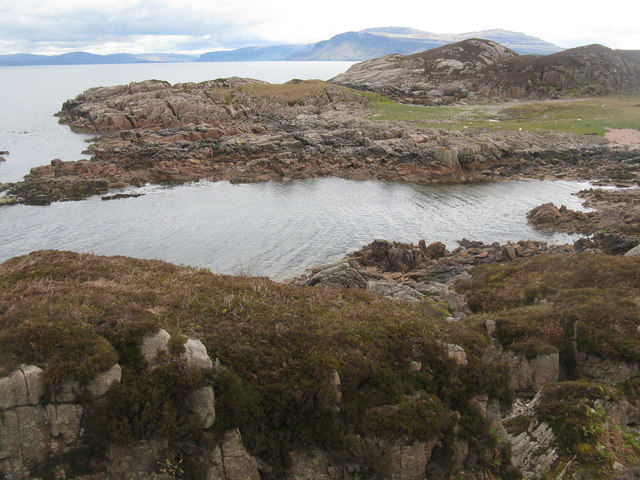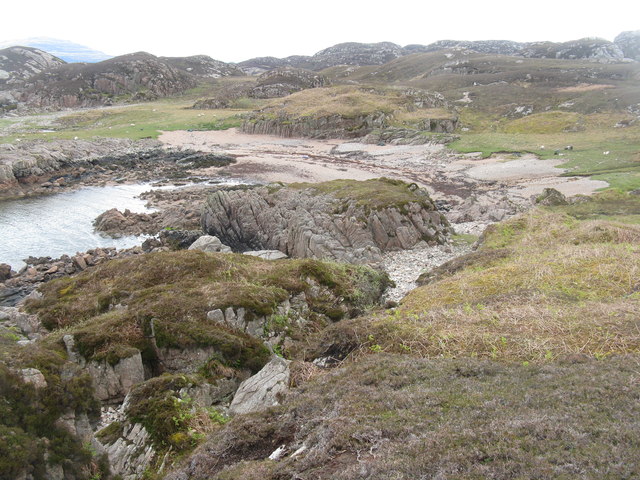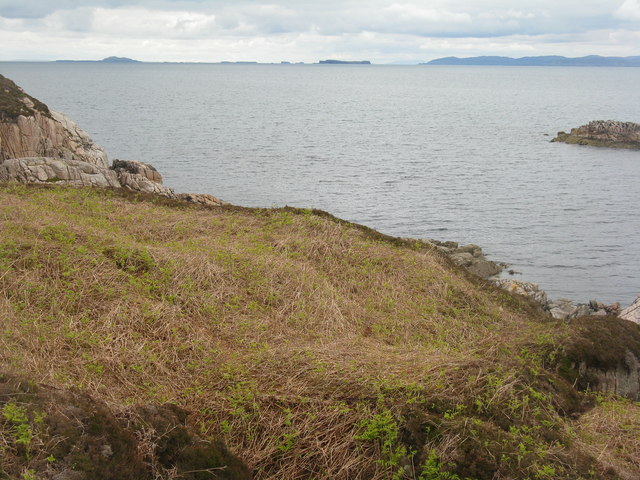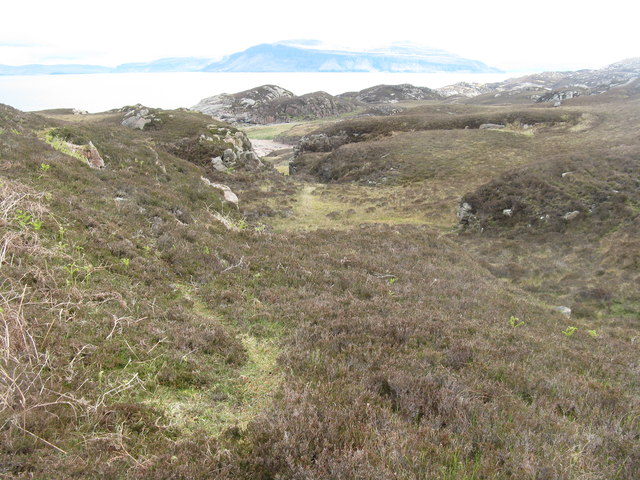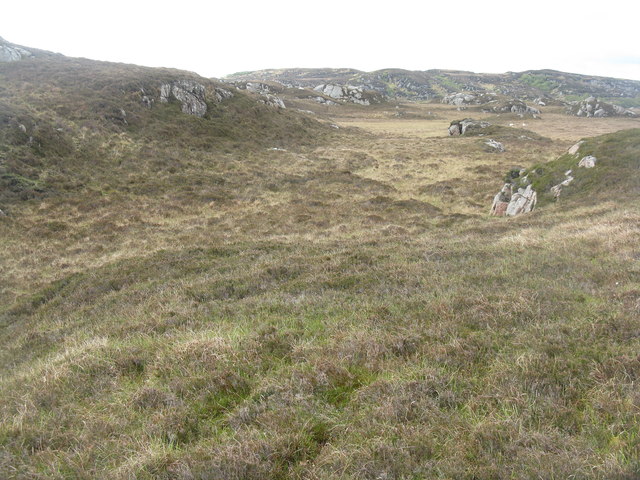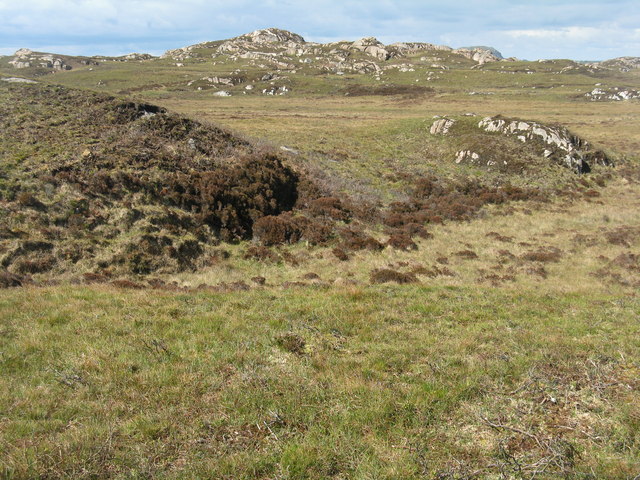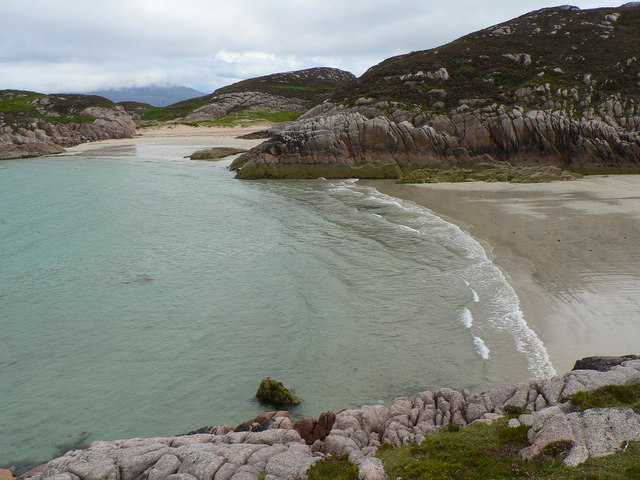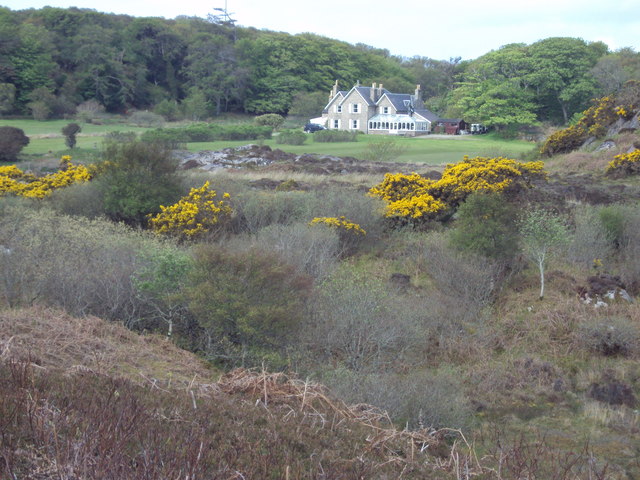Eilean an t-Santachaidh
Coastal Feature, Headland, Point in Argyllshire
Scotland
Eilean an t-Santachaidh
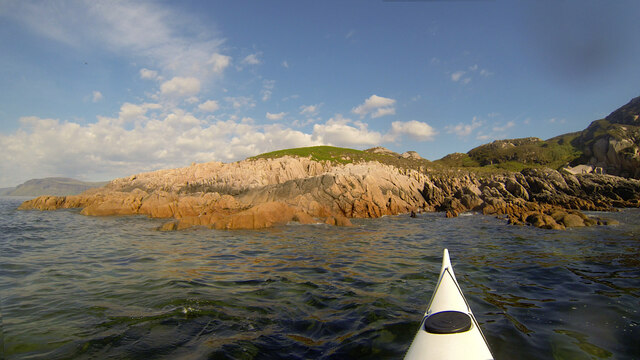
Eilean an t-Santachaidh is a small coastal feature located in Argyllshire, Scotland. It is a rugged headland that juts out into the sea, offering stunning views of the surrounding landscape and nearby islands. The headland is characterized by steep cliffs and rocky terrain, making it a popular spot for hikers and nature enthusiasts.
Eilean an t-Santachaidh is home to a variety of wildlife, including seabirds, seals, and occasionally otters. The headland is also known for its rich maritime history, with evidence of ancient settlements and structures dating back to the Bronze Age. Visitors to Eilean an t-Santachaidh can explore the ruins of old stone buildings and fortifications, providing a glimpse into the area's past.
The headland is accessible by foot or boat, with walking trails leading visitors to the top of the cliffs for panoramic views of the sea and surrounding countryside. Eilean an t-Santachaidh is a peaceful and picturesque destination, perfect for those looking to escape the hustle and bustle of city life and immerse themselves in the natural beauty of the Scottish coast.
If you have any feedback on the listing, please let us know in the comments section below.
Eilean an t-Santachaidh Images
Images are sourced within 2km of 56.34386/-6.3027277 or Grid Reference NM3425. Thanks to Geograph Open Source API. All images are credited.

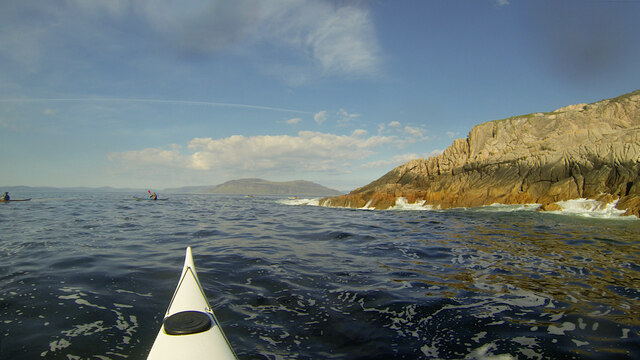
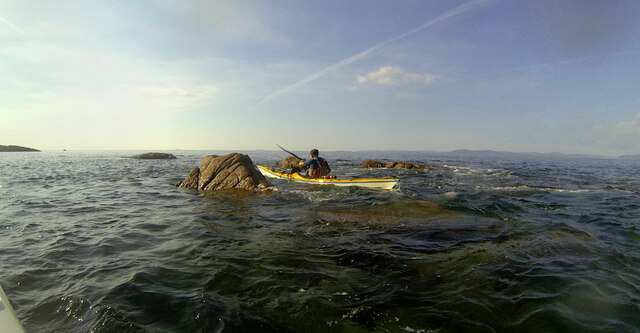

Eilean an t-Santachaidh is located at Grid Ref: NM3425 (Lat: 56.34386, Lng: -6.3027277)
Unitary Authority: Argyll and Bute
Police Authority: Argyll and West Dunbartonshire
What 3 Words
///otherwise.galaxies.folk. Near Fionnphort, Argyll & Bute
Nearby Locations
Related Wikis
Camas Tuath
Camas Tuath (Scottish Gaelic: north bay) is an inlet bay on the Ross of Mull. The bay has two small tidal islands and two Quarrymans' Cottages which the...
Kintra
Kintra (Scottish Gaelic: Ceann na Tràgha), literally "country" in Scots is a settlement on the North-Western coast of the Ross of Mull, Scotland. The settlement...
Aridhglas
Aridhglas is a village on the Ross of Mull, Isle of Mull in Argyll and Bute, Scotland. == References ==
Ross of Mull
The Ross of Mull (Scottish Gaelic: An Ros Mhuileach) is the largest peninsula of the Isle of Mull, about 28 kilometres (17 mi) long, and makes up the south...
Nearby Amenities
Located within 500m of 56.34386,-6.3027277Have you been to Eilean an t-Santachaidh?
Leave your review of Eilean an t-Santachaidh below (or comments, questions and feedback).
